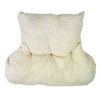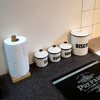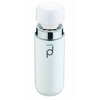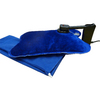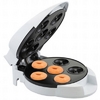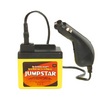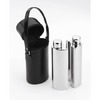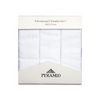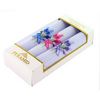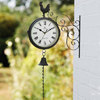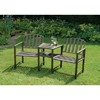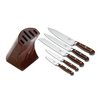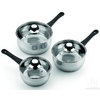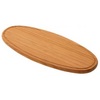A Guide to Buying Luxury Duvets
It’s not so long ago that duvets were still a pretty strange, foreign idea. Nowadays, they’ve largely replaced traditional sheets and blankets nationwide. Offering year-round comfort and quicker, easier bed making, they’re popular with all people of all ages.
Unfortunately, when it comes to buying a duvet, things aren’t quite so straightforward. The choices are seemingly endless and the differences can be hard to spot unless you know what you’re looking for. Here’s our simple guide to help you make the right choice.
Why Buy a Duvet?
If you’re new to them, the idea of not being ‘tucked in’ may seem a little strange. But once you get used to them, the lightweight covering and freedom of movement quickly become second nature. They naturally wrap around you to keep you warm in winter and cool in summer - and they tend to stay put even for the most restless sleeper! Making the bed with a duvet is quicker and easier too!
What to Look For
TOG Ratings: These are simply an indication of how warm a duvet is going to be. The problem is that some prefer cool beds while others like it warm and cosy. You may also want a different weight duvet for summer and winter. Duvets are not suitable for children under 1 year old and under 10s should use a maximum of 4.5 tog as they find it harder to regulate their body temperature.
| 2.5 Tog | Extra Cool |
| 4.5 Tog | Cool |
| 7.5 Tog | Medium |
| 9.0 Tog | Warm |
| 10.5 Tog | Extra Warm |
Fillings: There are two basic choices, natural or artificial. Always go for a natural filling if you can. This is usually a combination of various types of down and/or feather, offers the best weight to warmth ratio, allows your body to breathe and tends to last longer. They also mould themselves to your body shape more efficiently and can feel warmer than a synthetic duvet of the same tog value. Down is the name for the soft coating underneath the feathers of ducks and geese that insulates them from cold water. It’s found all over the world, but not surprisingly, the best down comes from colder climates, particularly Eastern Europe.
Construction: Duvets are stitched into tunnels (baffles) to help keep the filling in place. These need to be large enough to allow the filling to fluff up or ‘loft’ and trap air - this is what keeps you warm.
Anti-Allergy: If you suffer from asthma, allergic rhinitis, eczema or suffer from allergic reaction to feathers or dust-mites, opt for an allergy-free 100% down filling.
Cleaning: Both natural and synthetic quilts can be easily washed (dry-cleaning is not recommended), although synthetic quilts may become less warm as a result. The important thing is to ensure they are thoroughly aired and dried afterwards. Always follow the manufacturer’s instructions.


